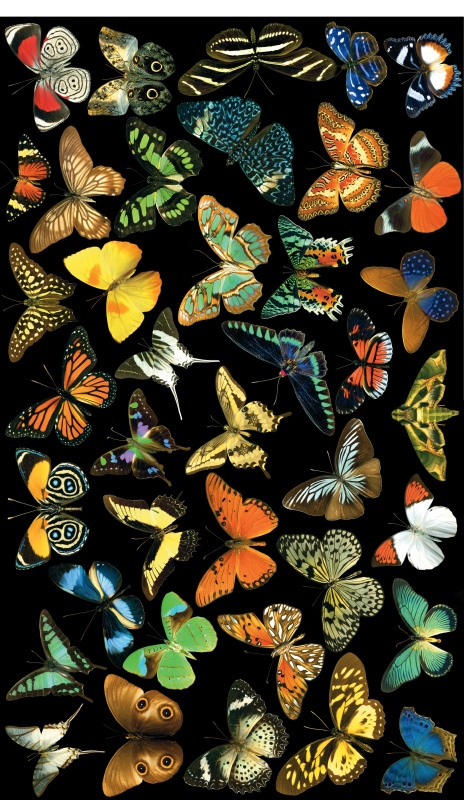
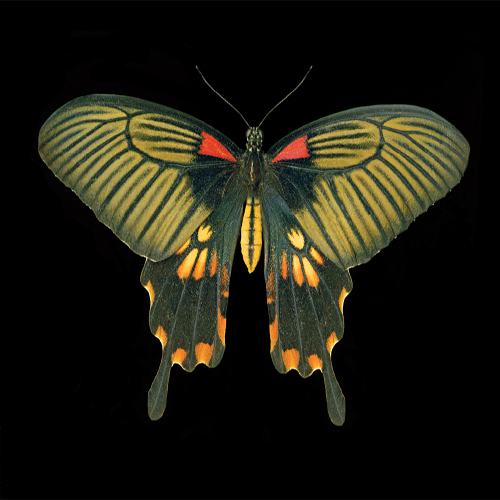
GREAT MORMON
 Papilio memnon
Papilio memnon, Philippines

Text and photographs 2009 by Harold Feinstein Foreword copyright 2009 by Fred Gagnon All rights reserved. Except as permitted under the U.S. Copyright Act of 1976, no part of this publication may be reproduced, distributed, or transmitted in any form or by any means, or stored in a database or retrieval system, without the prior written permission of the publisher.
LITTLE, BROWN AND COMPANY Hachette Book Group 237 Park Avenue, New York, NY 10017 Visit our website at www.HachetteBookGroup.com www.twitter.com/littlebrown First eBook Edition: November 2009 Little, Brown and Company is a division of Hachette Book Group. The Little, Brown name and logo are trademarks of Hachette Book Group, Inc. ISBN: 978-0-316-07188-8 ALSO BY HAROLD FEINSTEIN THE INFINITE ROSE THE INFINITE TULIP ONE HUNDRED FLOWERS ONE HUNDRED SEASHELLS FOLIAGE ORCHIDELIRIUM This book is dedicated to my wife and muse, Judith Thompson.
And to Sarah Walsh and Shaler and Adam Black their being continues to enrich my life. 
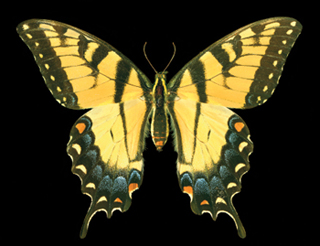 Happiness is a butterfly, which when pursued, is always just beyond your grasp, but which, if you will sit down quietly, may alight upon you. NATHANIEL HAWTHORNE
Happiness is a butterfly, which when pursued, is always just beyond your grasp, but which, if you will sit down quietly, may alight upon you. NATHANIEL HAWTHORNE
I N MY CHILDHOOD I drew and painted all the time. Then along came photography. Gazing into the ground-glass of a Rollieflex, the journey continued until I looked closely at butterflies and the myriad designs on their wings. Who among us has not at one time or another gazed at a butterfly with a sense of awe? In the journey of completing the photographs for this book, it was not unusual for me to cry out in astonishment while looking at these creatures. I had been transported.
The earth laughs with flowers, but it dances with butterflies. It has been my good fortune to photograph seashells, flowers, foliage, and many other wonders of nature. What is left for me to see? Of course, seeing is my occupation and preoccupation. But does it ever end? The Wing of a Butterfly The wing of a butterfly, The petal of a rose; What a joy! I celebrate every flower. And yet, what a piker I am. This glorious planet of ours, Mother earth, Festooned with multiples Of glory surrounded by glory.
O but I aspire, From the depths of my soul To pay tribute To the array of wonder We so often take for granted; Wake up! Wake up! Look around you! It is here! Heaven on earth, Our endless gift, Give thanks. Harold Feinstein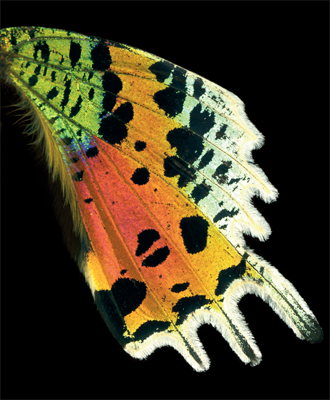 SUNSET MOTH
SUNSET MOTH  Chrysiridia riphaeus, Africa Detail
Chrysiridia riphaeus, Africa Detail
BY FRED GAGNON I F THE MILLENNIA of life on earth were a book, then surely butterflies would be the illustrations for adaptation and evolution. Butterflies wings are like billboards that advertise everything from who they are to what they taste like even false advertisements promising something they cant deliver. Many people have a natural fear of insects, yet they cannot possibly group the beautiful butterfly in the same class as the cockroach or the ant. But butterflies are insects, and sometimes it is hard to believe that they start out as wormlike caterpillars. Butterflies and moths are both members of the order Lepidoptera, which means scaled wing.
Their wings are actually a collage of colorful microscopic scales that are like shingles on a roof. They protect a butterflys wing from moisture and at the same time make up patterns that we see only a small part of with our eyes. Some patterns are better appreciated in ultraviolet light, in which butterflies can see but we cannot. Some species of sulphur butterflies look yellow to us but actually display flashy blue colors to other butterflies. Butterflies have evolved to look like dead leaves and animal faces. Some have clear wings, some bear warning colors that say Im poisonous! and some are imitators that resemble poisonous butterflies; they say, Do you really want to take the chance? Moths are beautiful in their own right and are essentially the same creatures as butterflies.
While butterflies take advantage of the daylight and flowering plants, moths rule the night (when most of them fly). If a moth has flashy colors, they are usually on its hidden back wings. This is a last-ditch effort to scare off any predator clever enough to find a moth in hiding. A way to say boo! and give the moth a chance to escape. While we marvel at the array of butterfly species in the world, we know so little about the big picture. Butterflies are part of an ecosystem encompassing multiple species of plants and animals and microorganisms.
They are food for other animals and insects and birds. They have a short life filled with peril. This is the driving force that causes them to mutate and reformulate their bodies to escape being someone elses dinner. So you like meat? Well, Im a leaf! Youre not afraid to try a leaf to see if its me? Well, Im an owl! Not bothered by owls? Well, I just ate a whole plant filled with cyanide! Thats the butterflys survival game. Sometimes males are more colorful than females. They do a dance in the air during courtship, telling the female, Ive been all over the jungle looking like this and nobody has been able to eat me.
My genes are the ones you want to pass down to our offspring. If butterflies and moths lead challenging lives, we as people do not make it any easier. We love butterflies as a society, but we will rip up weeds we dont like or step on caterpillars that cross our path. Yet all caterpillars eat one or a few species of plants, which they need in order to become butterflies. Some butterflies live in a large geographical range that can span most of the globe, while others have a range of just a few miles. They all depend on healthy vegetation along the way.
Destroying the rain forest is a prime example of how we are causing the decline of many butterfly species, and yet there are signs of a reversal. Today butterflies are appreciated in ways never before imagined. They are sold as pupae (chrysalises) to butterfly conservatories, in which they are allowed to emerge and fly in large enclosures where people can see them in flight and observe their interactions and life cycle. As a result, butterflies offer people in tropical jungles something new: a way to make a living on the land around them without having to destroy it. A rain forest must be in pristine condition to attract and host natures most exquisite butterflies, like the examples you see in these pages. One female butterfly may lay 200 or 300 eggs, and in nature only a handful of these may live to fly.



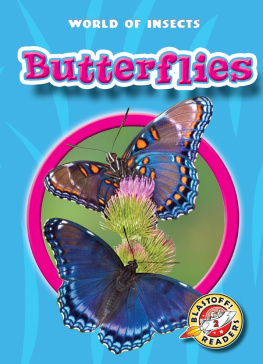
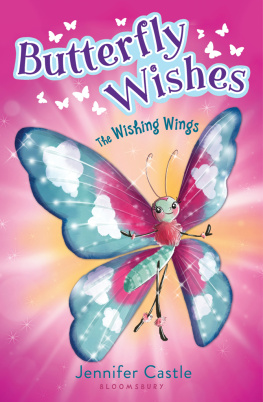
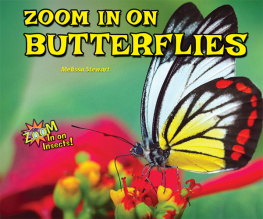
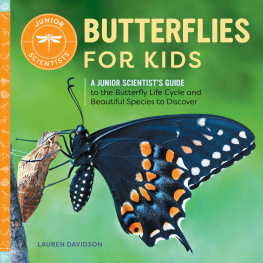
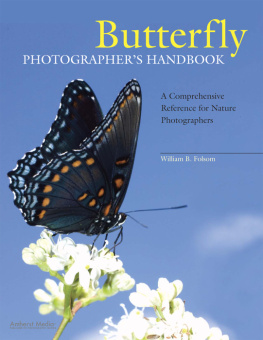

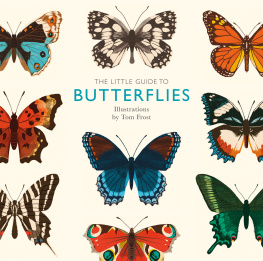
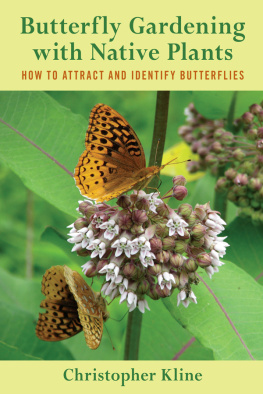
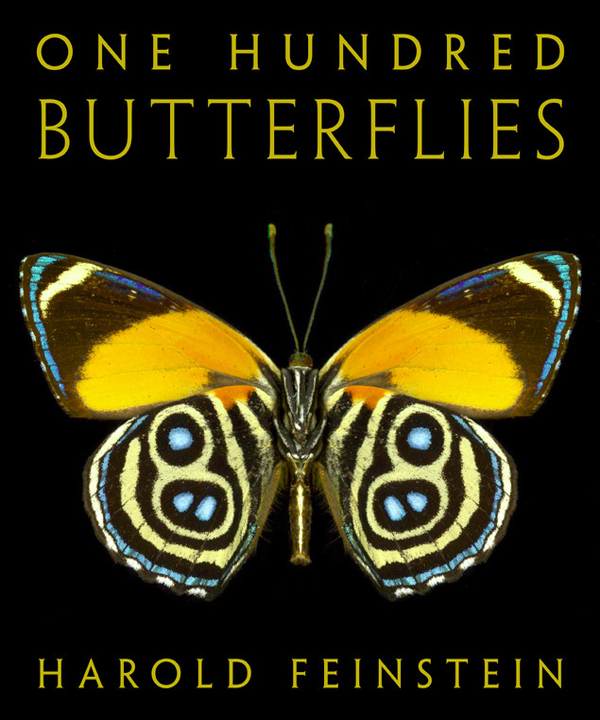

 GREAT MORMON
GREAT MORMON  Papilio memnon, Philippines
Papilio memnon, Philippines  Text and photographs 2009 by Harold Feinstein Foreword copyright 2009 by Fred Gagnon All rights reserved. Except as permitted under the U.S. Copyright Act of 1976, no part of this publication may be reproduced, distributed, or transmitted in any form or by any means, or stored in a database or retrieval system, without the prior written permission of the publisher. LITTLE, BROWN AND COMPANY Hachette Book Group 237 Park Avenue, New York, NY 10017 Visit our website at www.HachetteBookGroup.com www.twitter.com/littlebrown First eBook Edition: November 2009 Little, Brown and Company is a division of Hachette Book Group. The Little, Brown name and logo are trademarks of Hachette Book Group, Inc. ISBN: 978-0-316-07188-8 ALSO BY HAROLD FEINSTEIN THE INFINITE ROSE THE INFINITE TULIP ONE HUNDRED FLOWERS ONE HUNDRED SEASHELLS FOLIAGE ORCHIDELIRIUM This book is dedicated to my wife and muse, Judith Thompson.
Text and photographs 2009 by Harold Feinstein Foreword copyright 2009 by Fred Gagnon All rights reserved. Except as permitted under the U.S. Copyright Act of 1976, no part of this publication may be reproduced, distributed, or transmitted in any form or by any means, or stored in a database or retrieval system, without the prior written permission of the publisher. LITTLE, BROWN AND COMPANY Hachette Book Group 237 Park Avenue, New York, NY 10017 Visit our website at www.HachetteBookGroup.com www.twitter.com/littlebrown First eBook Edition: November 2009 Little, Brown and Company is a division of Hachette Book Group. The Little, Brown name and logo are trademarks of Hachette Book Group, Inc. ISBN: 978-0-316-07188-8 ALSO BY HAROLD FEINSTEIN THE INFINITE ROSE THE INFINITE TULIP ONE HUNDRED FLOWERS ONE HUNDRED SEASHELLS FOLIAGE ORCHIDELIRIUM This book is dedicated to my wife and muse, Judith Thompson.  Happiness is a butterfly, which when pursued, is always just beyond your grasp, but which, if you will sit down quietly, may alight upon you. NATHANIEL HAWTHORNE
Happiness is a butterfly, which when pursued, is always just beyond your grasp, but which, if you will sit down quietly, may alight upon you. NATHANIEL HAWTHORNE SUNSET MOTH
SUNSET MOTH